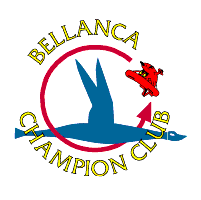lwford
New member
I have STC from Webers for Cleveland wheels and brakes SA294GL This is a standard for Cessna 120 thru 182. This has been installed on the crate in 1981 after a runway excursion. It is everything but the master cylinders so begins my story. I thought I knew everything about the crate as I have been married to it for 11 years. I have been having to add fluid to the left master since last Annual so this year June Annual I attack. I set the parking brake and left it overnight sure enough there is a puddle of 5606 on top of the left master. The masters are Goodrich 87-87 circa 1957. The last time they were addressed was 1973. I pull the left out and the shaft is slighly bent the O rings are shot. I pull the right and find that the shaft had been busted and welded a real surprize to me and you are not taking it apart due to the weld. Tryed to find shafts HA HA got to be kidding nowhere on the Internet was I successful. Of course you can get used POS from the (W) junk people. I ended up having 2 shafts custom made by a friend who is a master machinest. If anyone wants a copy of the STC and parts pic and breakdown, let me know as the Clevelands are top shelf.
Lynn the crate (my wife calls herJezebell) I wonder why???
Lynn the crate (my wife calls herJezebell) I wonder why???
